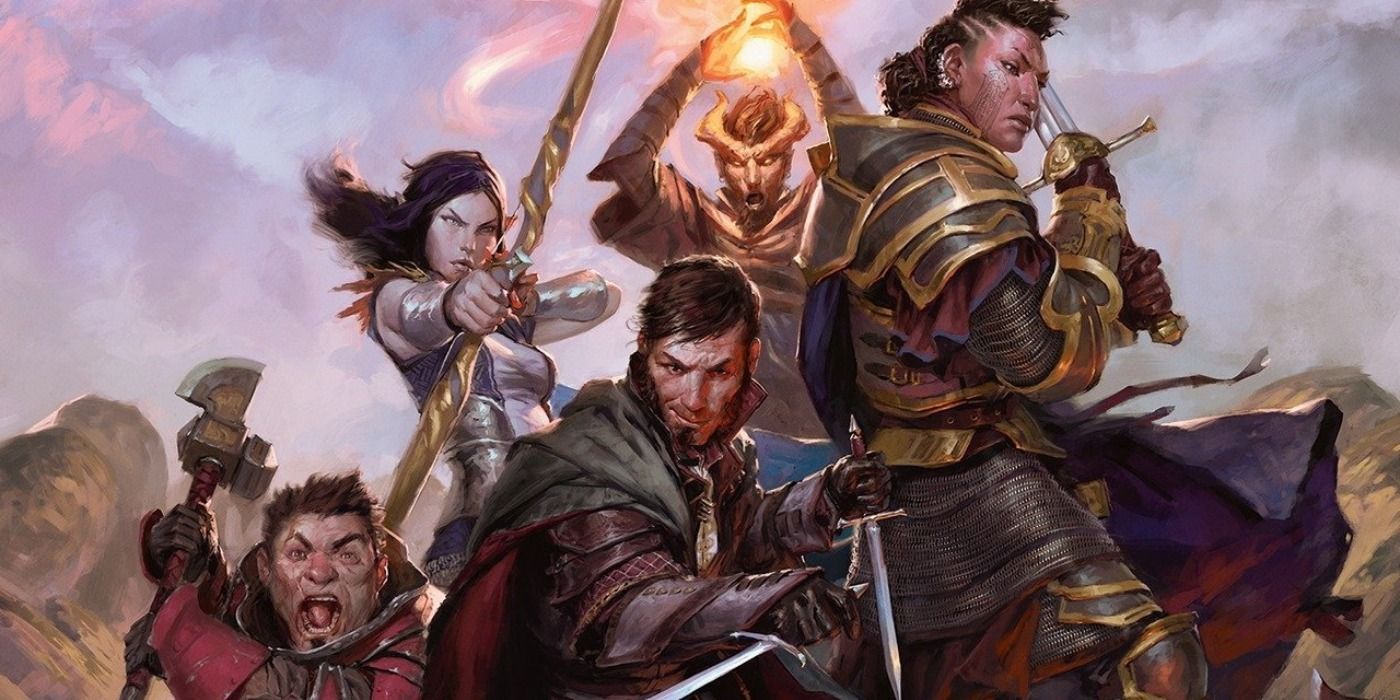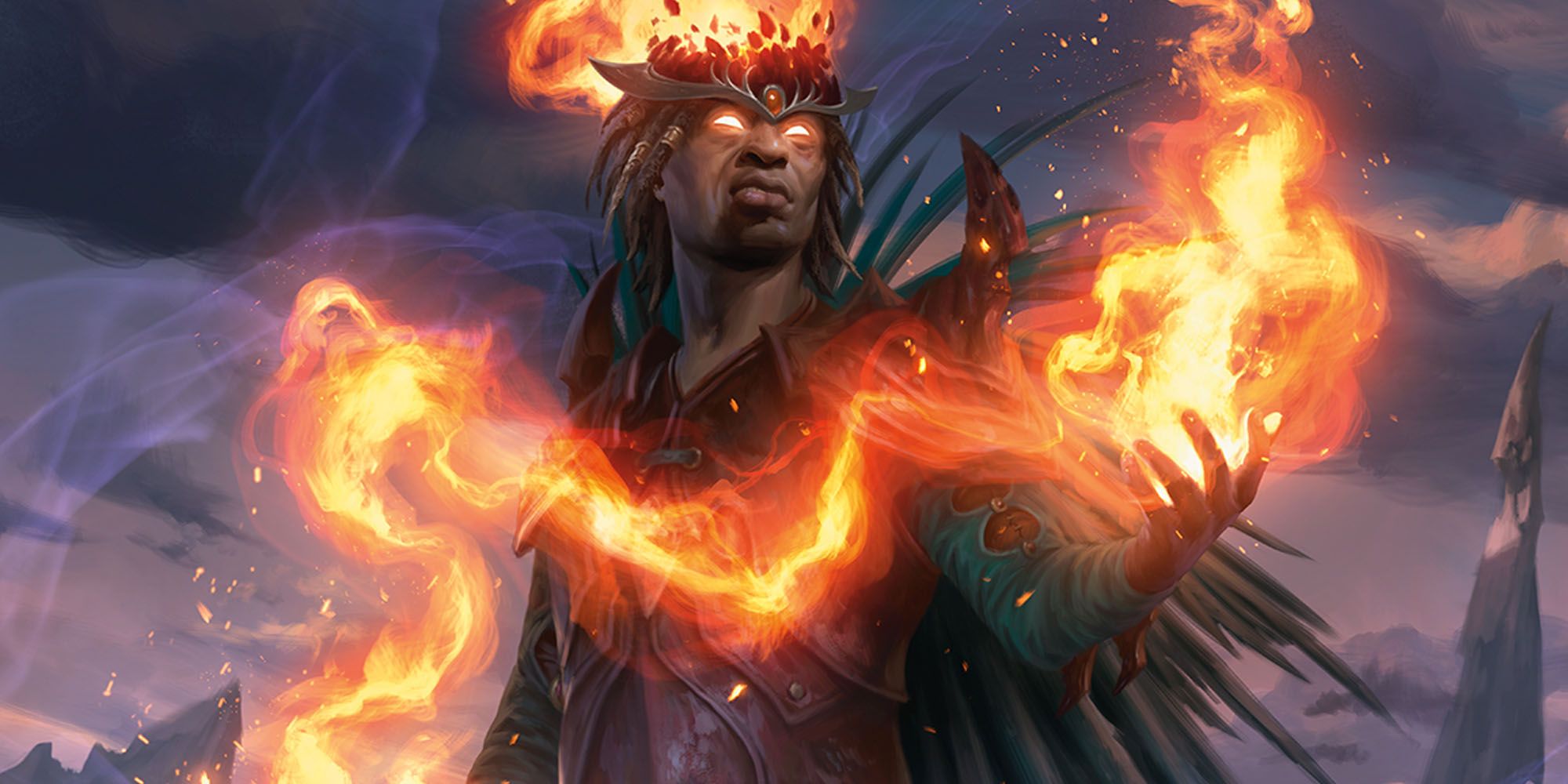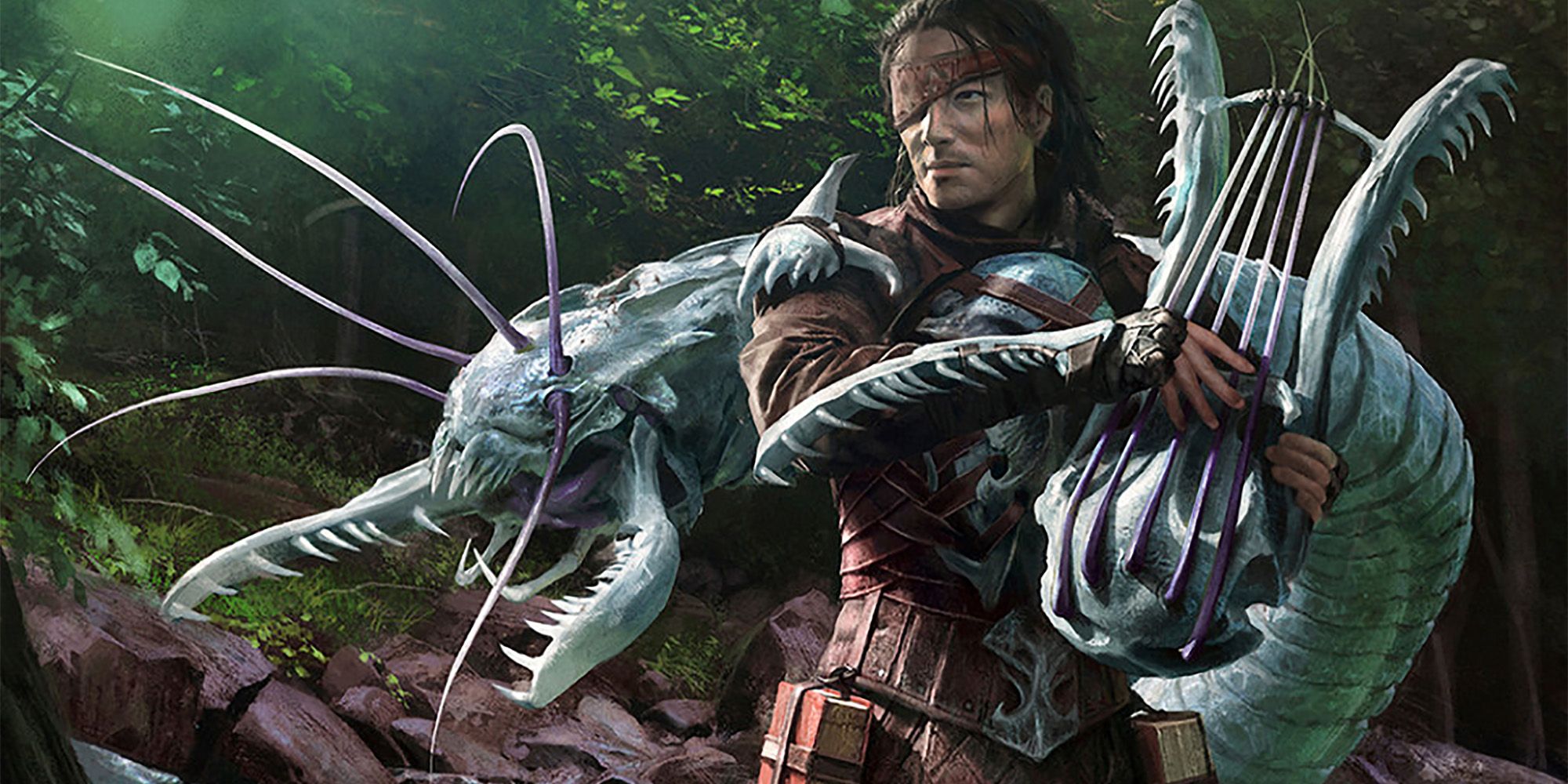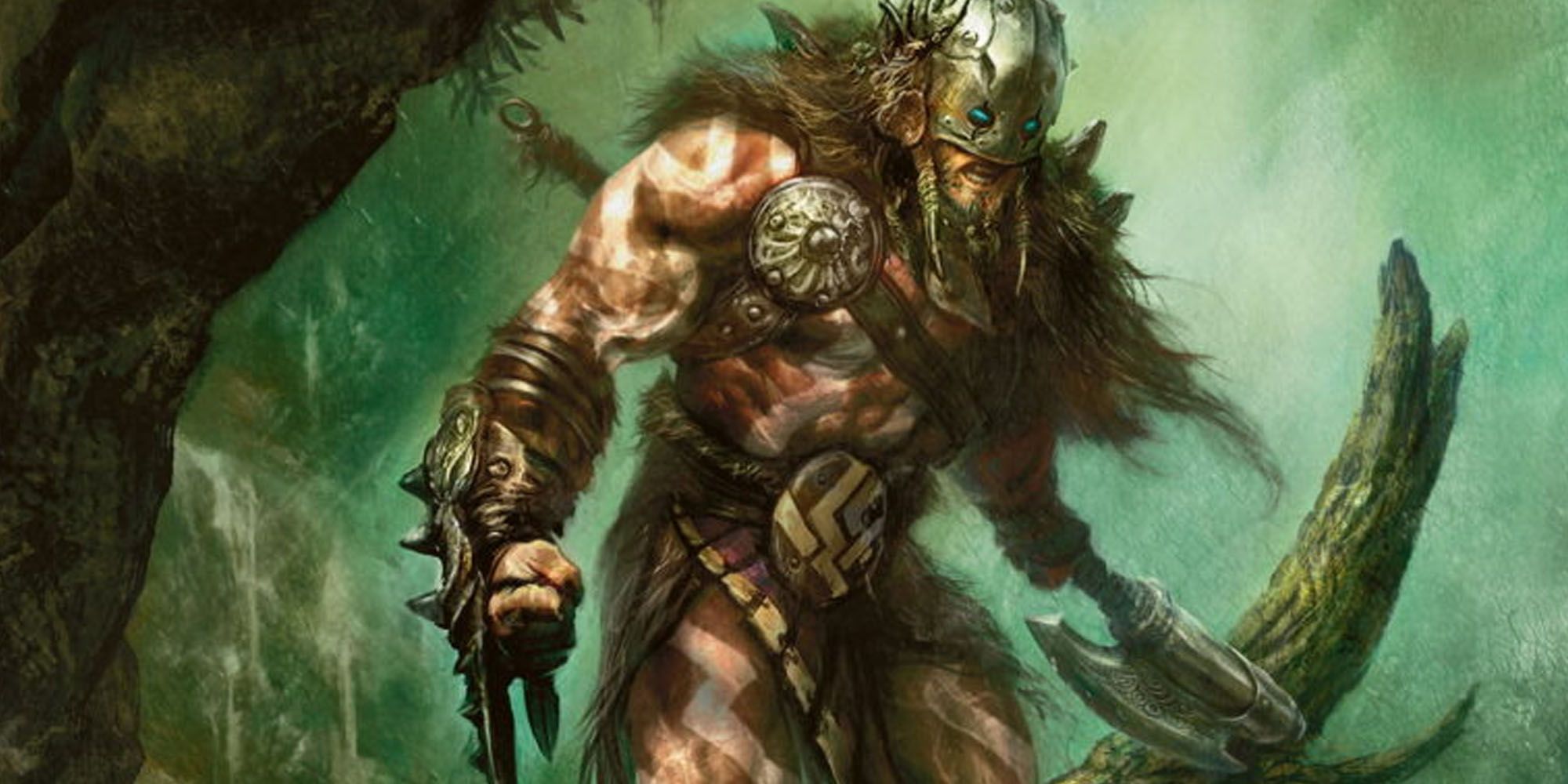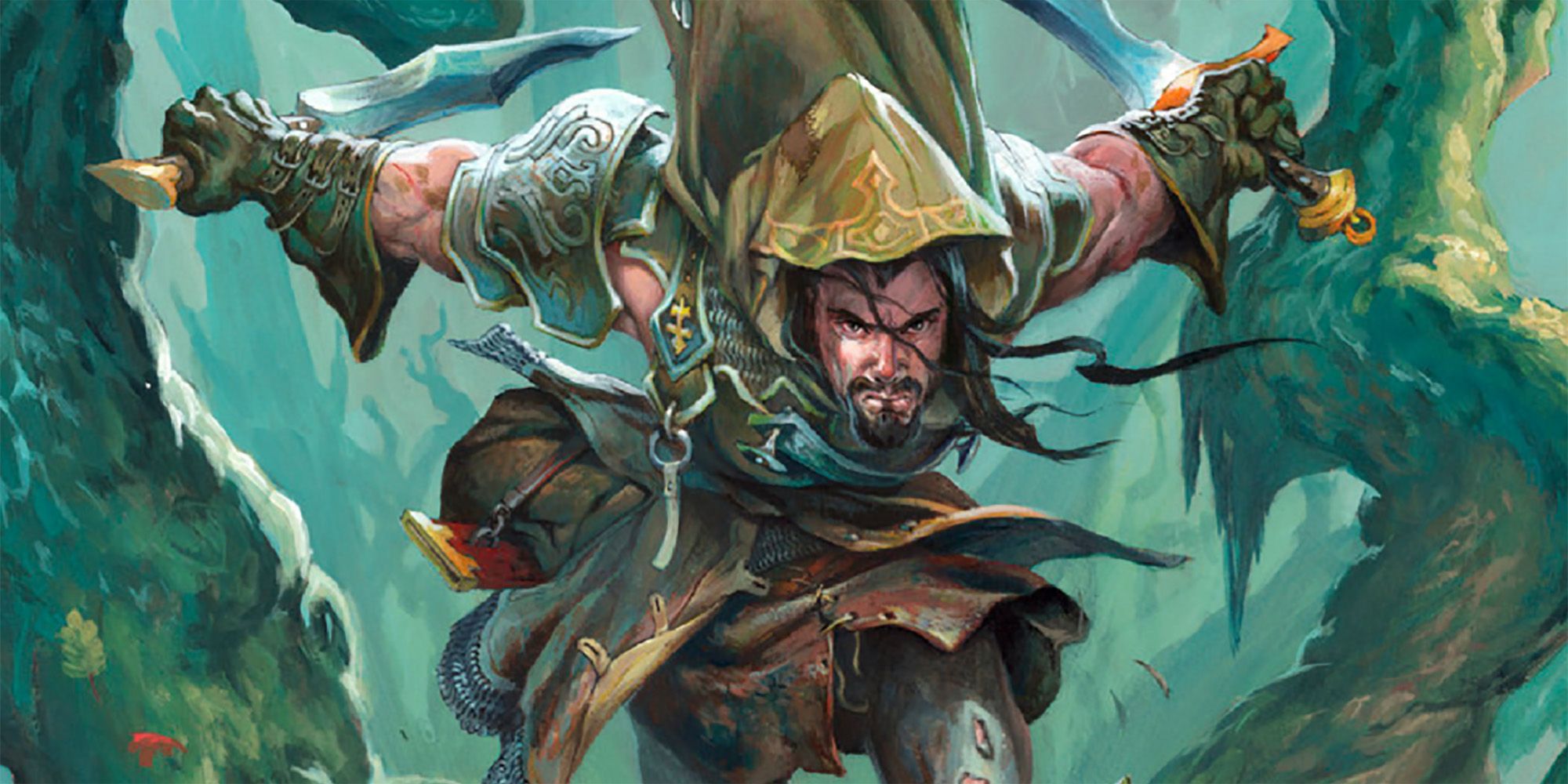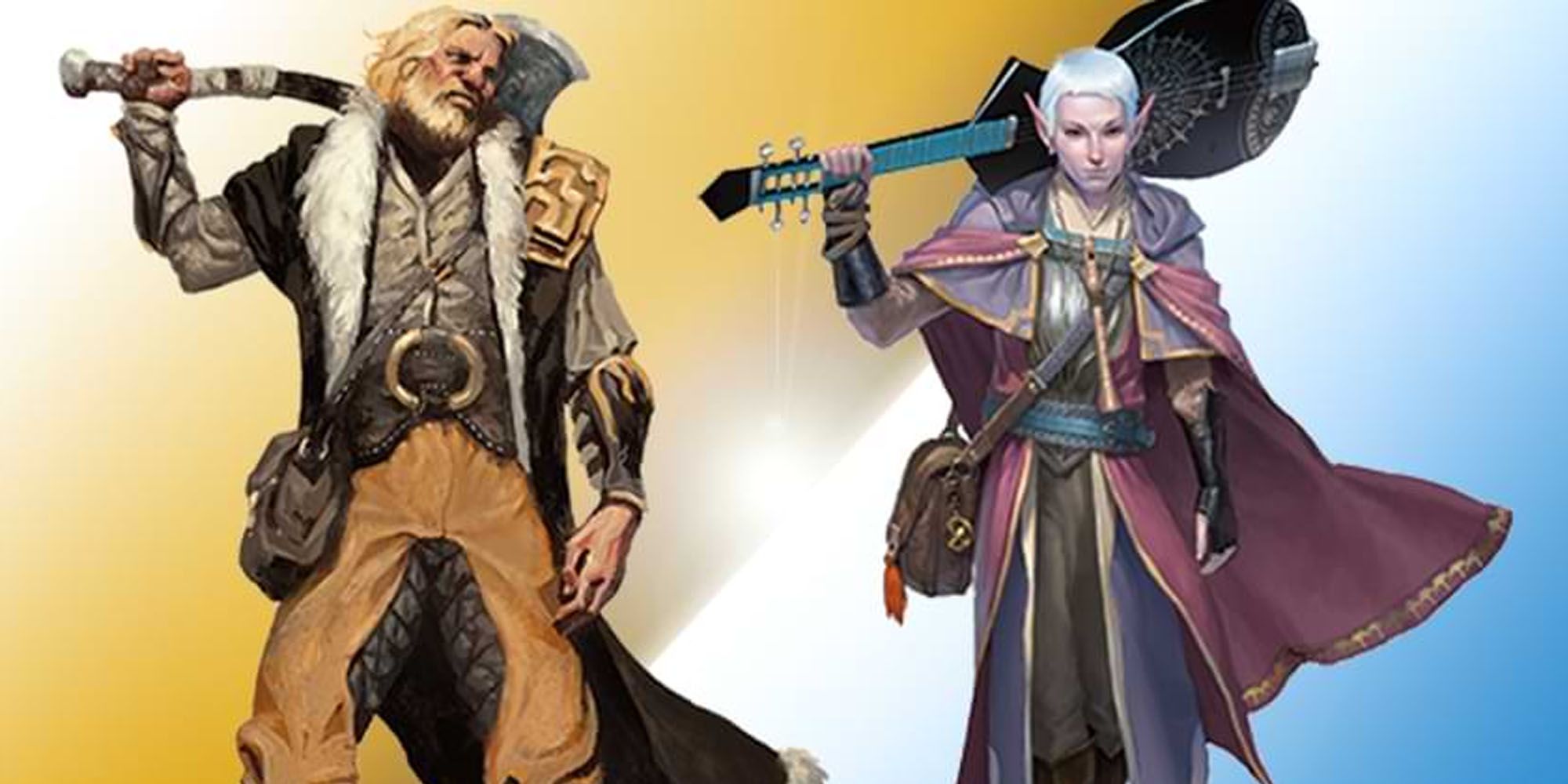Dungeons & Dragons makes it possible for a player to piece together just about any character they can dream up. From building the character's background and story to designing their class build, following a character all the way to level 20 can bring great rewards. But while each class has powerful abilities at the highest levels, some players may want to reap the benefits offered by multiclassing.
Whether a player wants more options when it comes to combat or it simply makes sense given what's going on in the story, multiclassing can be a great way to create a more interesting and unique player character. However, not all classes work well enough together to justify missing out on late-game skills, so here are five options that are worth trying.
Sorcerer/Warlock
The Sorcerer/Warlock multiclass build is one of the most popular -- and also one Dungeon Masters dread because of how powerful they can be. Warlocks gain access to Eldritch Blast, one of the most powerful cantrips in the game. Combined with the Sorcerer's Metamagic feature, they can quicken their spells and cast Eldritch Blast twice in a single turn. Warlocks also have their Invocations, which, when combined with some of the more powerful Sorcerer spells, can rack up ridiculous amounts of damage.
One of the greatest challenges for a Warlock is overall limits on their spell slots. Cantrips and Invocations make up for this, but sometimes, it doesn't feel like enough. However, taking a Warlock to level nine grants access to fifth level Warlock spells, which can be cast using lower level Sorcerer slots if they are available to use. Still, when combining these two classes, a player only needs to get to level three to gain access to top-notch Warlock abilities.
Bard/Warlock
Bards and Warlocks are both Charisma-based classes, meaning they work well together since they share a spellcasting modifier. Beginning as a Bard and transitioning into levels of Warlock after impressing a Patron with their talents will grant the Bardlock access to powerful cantrips that scale to the player's level, not their class level. In other words, a level five player character with only one level in Warlock will be able to cast two Eldritch Blasts instead of one.
The spell slots gained are also interchangeable, meaning if the Bard has level three slots and the Warlock is only level one, those Warlock spells can be cast at higher levels earlier in the game. Not only is this blend powerful, but it also presents a lot of interesting storytelling opportunities. Bards seek out Patrons all the time to finance their craft, so it could be a great surprise to learn they've impressed an otherworldly Patron enough that they'd be granted power in exchange for their service.
Barbarian/Druid
One of the great things about Barbarian -- aside from their ability to smash just about everything in their path -- is that they can choose a primal path that ties them more deeply to the natural world. This makes them a perfect match with the Druid class, particularly the Circle of the Moon. Choosing the Barbarian's Bear totem and Wild Shaping into an actual bear to rage through enemies can be incredibly powerful.
The drawbacks are that Druids cannot cast while they are in their Wild Shape, and a raging Barbarian is unable to think clearly enough to cast spells, so they lose the benefits of that extra Rage damage the moment they drop it to use magic. On the other hand, this can work really well from a storytelling perspective, adding flavor to the character's backstory.
Rogue/Ranger
These two Dexterity-based classes work incredibly well together, providing subtle balance to each other's shortcomings to build a powerful character no one will ever see coming. The Rogue gains Expertise at level one, which greatly benefits the skill-reliant Ranger as much as it does a straight Rogue. Combining the Rogue's Sneak Attack abilities with a Ranger's Hunter's Mark can stack an incredible amount of damage -- but where should one start on this path?
Starting out as a Ranger and taking it all the way to level five before multiclassing into Rogue allows the player to get multi-attack, a higher hit point score and slightly better proficiencies, which will multiply beautifully once those Rogue levels start adding into the mix. Taking up to three levels in Rogue before returning to Ranger levels provides a nice balance that makes the Ranger much more powerful (and stealthy) than they might have been if they stuck to one class.
Bard/Barbarian
Barbarians don't really need much help when it comes to battle, but they generally aren't great at mesmerizing taverns full of people will the tall tales of their adventures. Because Barbarians are such powerful offensive forces, multiclassing can be a risk, but taking a handful of levels in the Bard class gives them a few powerful tricks that can make them more valuable to the overall party.
Barbarians tend to be limited by what they can do during a rage, but they're not so distracted they can't dole out inspiration to their party members as a bonus action before bashing in an enemy's skull. They also gain the Bard's Expertise feature, which can really boost their Strength and Athletics checks in ways that make them feel like unstoppable grapplers holding onto enemies who'd dare try and escape the force of their rage.

